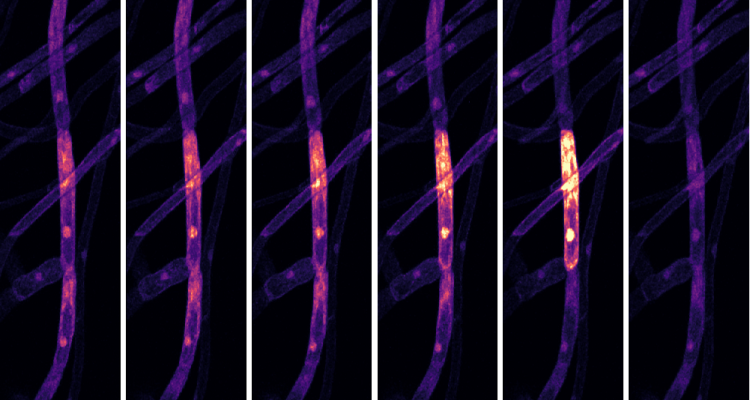
Intercellular communication via plasmodesmata (Keijzer Group)
Plant developmental instructions are often distributed among cells and organs. The direct route available to facilitate transport of such signals is via plasmodesmata. These are specialized structures that bridge neighboring plant cells and interconnect their cytoplasm. How the biology of plasmodesmata intersects with the distribution of developmental signals is still an underexplored question. We therefore want to find out how the regulated conductivity of plasmodesmata steers cells within a tissue to assume a certain role or identity. Hereby we focus on questions like: When and where are plasmodesmata conductive? What proteins facilitate this? What are the relevant cargoes? In which developmental contexts does transport matter? And do these constitute evolutionary conserved mechanisms?
